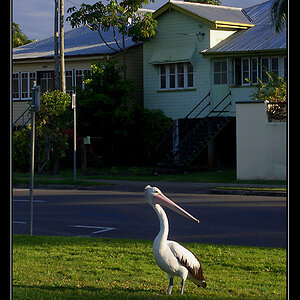libeco
TPF Noob!
So after introducing myself in the proper forum, it is now time for my first question.
I recently started taking pictures in RAW format (after some weeks of getting familliar with my Fuji S9500 in JPEG-mode and mostly auto-mode). The first thing I noticed was the huge amount of noise in almost every picture I took. Searching on this forum and the internet I found many discussions about noise in RAW pictures, so I guess it's just there, nothiong you can do about it.
What I would really like to know is how to reduce the noise when taking the picture (and let Photoshop and some plugin take the remaining noise out later on the PC). I already saw a topic where Mohain explained the S9500 takes less noisy pictures when slightly overexposed. But I'm wondering how do I see how much I should overexpose, should I really look at the little line at the bottom of my screen and have the yellow marker a little to the right (how far?) to overexpose a little? Or should I just take loads of pictures with different pictures for every picture I want?
So far I have experimented with changing the focus, aperture and shutter speed, without looking at the deeper settings in the menu. Besides lots of fun using my camera it also gave some frustration about not being able to get rid of the noise completely.
I hope someone can help me.
PS. I have my ISO set at 80.
I recently started taking pictures in RAW format (after some weeks of getting familliar with my Fuji S9500 in JPEG-mode and mostly auto-mode). The first thing I noticed was the huge amount of noise in almost every picture I took. Searching on this forum and the internet I found many discussions about noise in RAW pictures, so I guess it's just there, nothiong you can do about it.
What I would really like to know is how to reduce the noise when taking the picture (and let Photoshop and some plugin take the remaining noise out later on the PC). I already saw a topic where Mohain explained the S9500 takes less noisy pictures when slightly overexposed. But I'm wondering how do I see how much I should overexpose, should I really look at the little line at the bottom of my screen and have the yellow marker a little to the right (how far?) to overexpose a little? Or should I just take loads of pictures with different pictures for every picture I want?
So far I have experimented with changing the focus, aperture and shutter speed, without looking at the deeper settings in the menu. Besides lots of fun using my camera it also gave some frustration about not being able to get rid of the noise completely.
I hope someone can help me.
PS. I have my ISO set at 80.




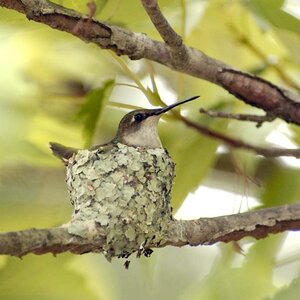
![[No title]](/data/xfmg/thumbnail/1/1592-cfae4a7ea791f96c6e2d03484be2e454.jpg?1619729144)
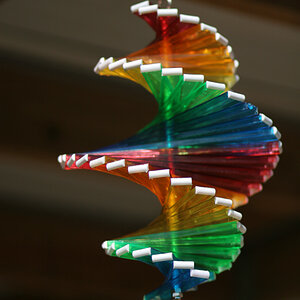

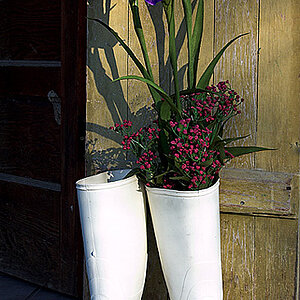
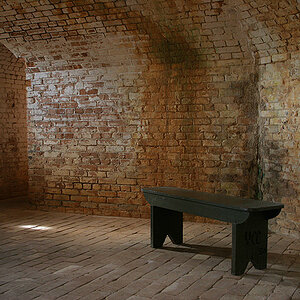
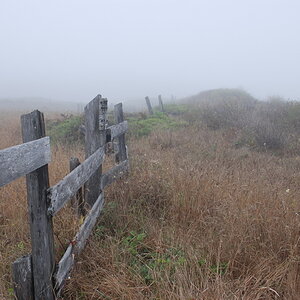
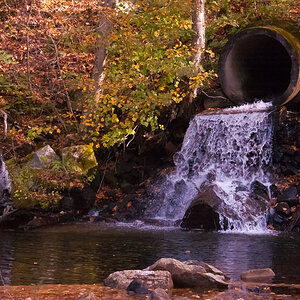
![[No title]](/data/xfmg/thumbnail/34/34060-c81fb16d207094738be9b89a70ae1331.jpg?1619736258)
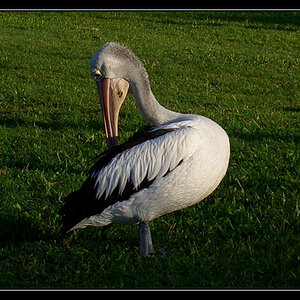
![[No title]](/data/xfmg/thumbnail/34/34058-276eb00b31d5bfacf4028e7f729dc601.jpg?1619736257)
